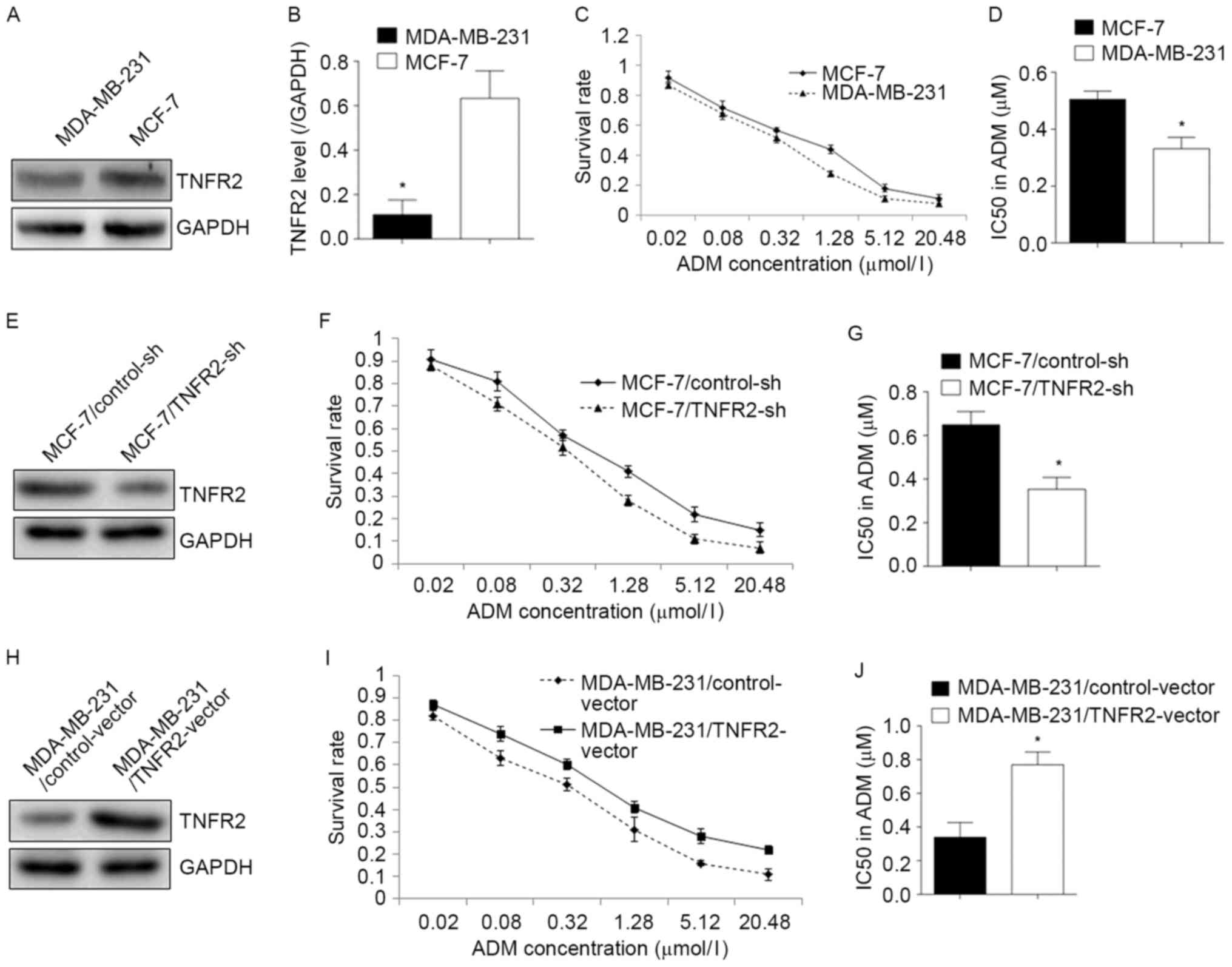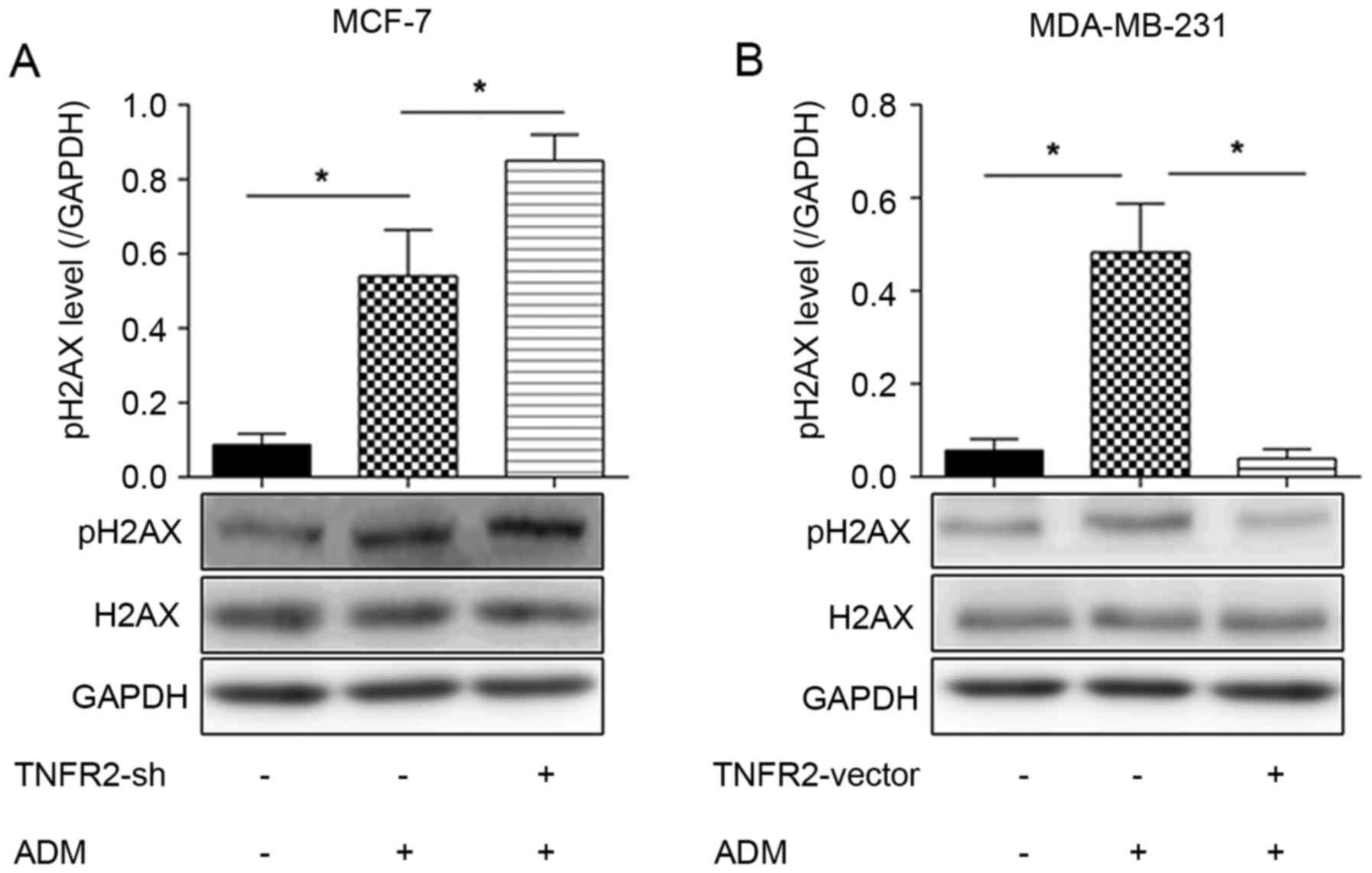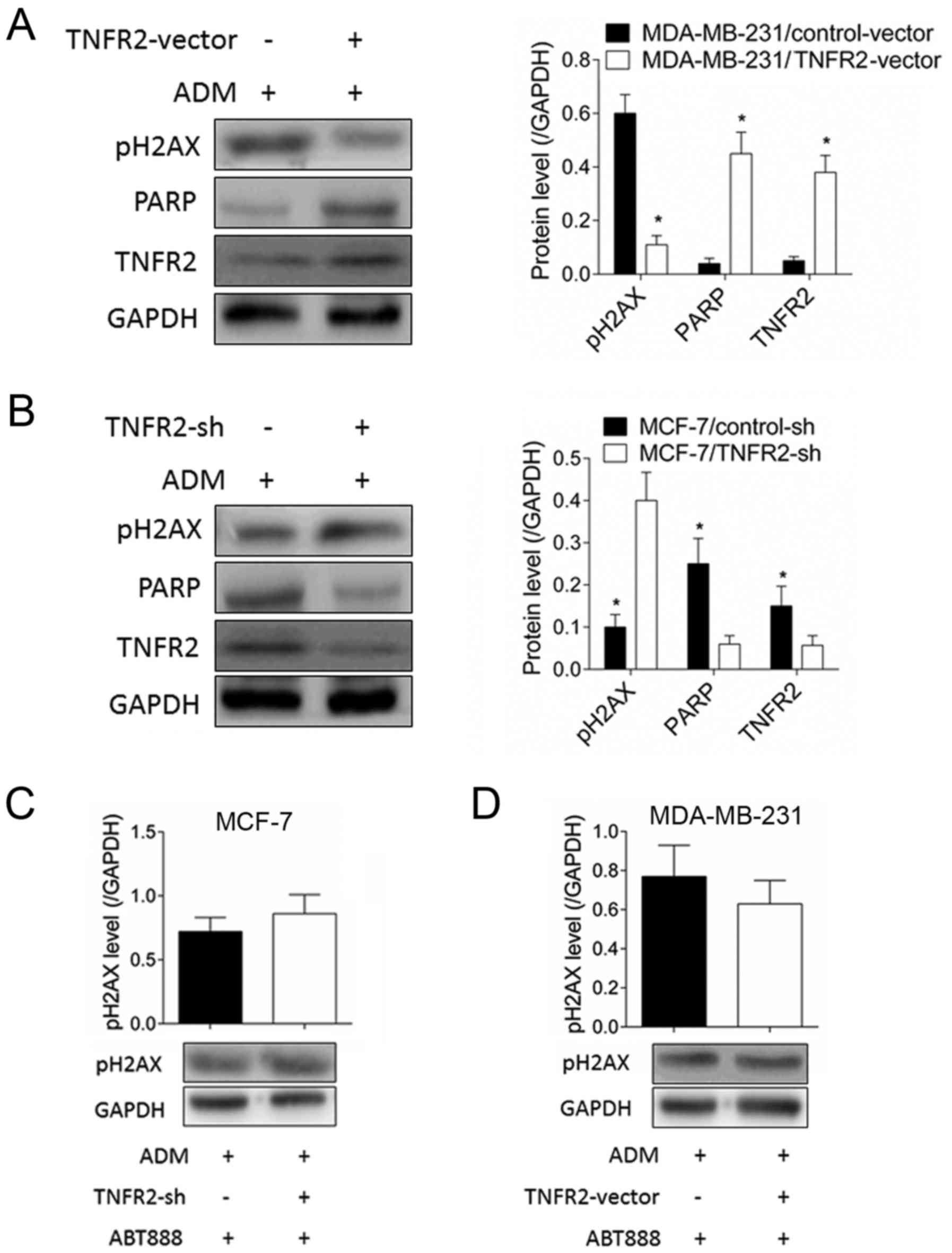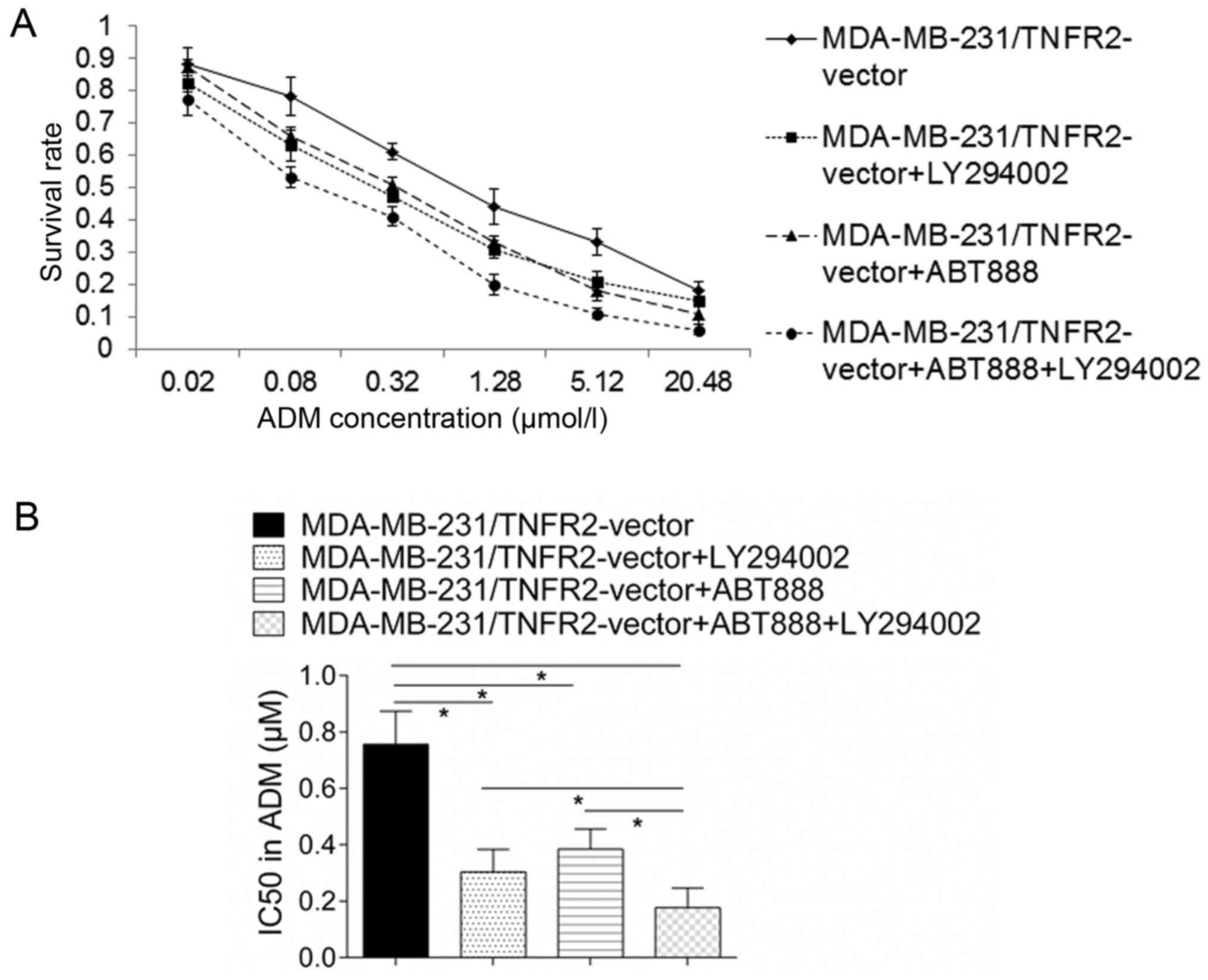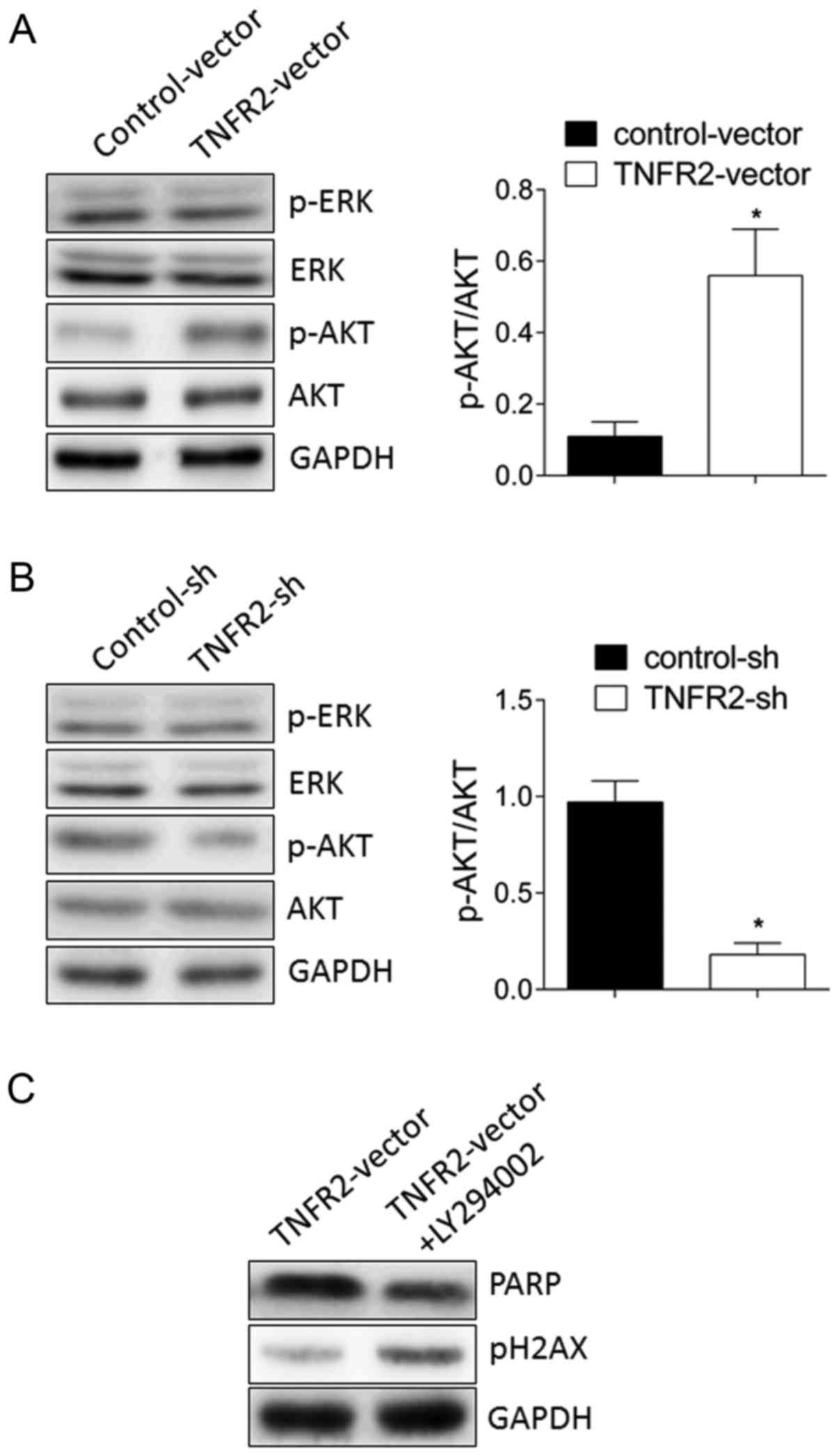|
1
|
Raimondi S, Botteri E, Munzone E, Cipolla
C, Rotmensz N, DeCensi A and Gandini S: Use of beta-blockers,
angiotensin-converting enzyme inhibitors and angiotensin receptor
blockers and breast cancer survival: Systematic review and
meta-analysis. Int J Cancer. 139:212–219. 2016. View Article : Google Scholar : PubMed/NCBI
|
|
2
|
Li M, Zhang J, Ouyang T, Li J, Wang T, Fan
Z, Fan T, Lin B and Xie Y: Incidence of BRCA1 somatic mutations and
response to neoadjuvant chemotherapy in Chinese women with
triple-negative breast cancer. Gene. 584:26–30. 2016. View Article : Google Scholar : PubMed/NCBI
|
|
3
|
Wu Y, Yu DD, Yan DL, Hu Y, Chen D, Liu Y,
Zhang HD, Yu SR, Cao HX and Feng JF: Liver X receptor as a drug
target for the treatment of breast cancer. Anticancer Drugs.
27:373–382. 2016. View Article : Google Scholar : PubMed/NCBI
|
|
4
|
Ugenskiene R, Myrzaliyeva D, Jankauskaite
R, Gedminaitė J, Jančiauskienė R, Šepetauskienė E and Juozaitytė E:
The contribution of SIPA1 and RRP1B germline polymorphisms to
breast cancer phenotype, lymph node status and survival in a group
of Lithuanian young breast cancer patients. Biomarkers. 21:363–370.
2016. View Article : Google Scholar : PubMed/NCBI
|
|
5
|
Wang ZY and Yin L: Estrogen receptor
alpha-36 (ER-α36): A new player in human breast cancer. Mol Cell
Endocrinol. 418:193–206. 2015. View Article : Google Scholar : PubMed/NCBI
|
|
6
|
Sawant MA, Dasgupta A, Lavhale MS and
Sitasawad SL: Novel triterpenoid AECHL-1 induces apoptosis in
breast cancer cells by perturbing the mitochondria-endoplasmic
reticulum interactions and targeting diverse apoptotic pathways.
Biochim Biophys Acta. 1860:1056–1070. 2016. View Article : Google Scholar : PubMed/NCBI
|
|
7
|
Addetia K and DeCara JM: Cardiac
complications of HER2-targeted therapies in breast cancer. Curr
Treat Options Cardiovasc Med. 18:362016. View Article : Google Scholar : PubMed/NCBI
|
|
8
|
Marques SC, Ranjbar B, Laursen MB,
Falgreen S, Bilgrau AE, Bødker JS, Jørgensen LK, Primo MN, Schmitz
A, Ettrup MS, et al: High miR-34a expression improves response to
doxorubicin in diffuse large B-cell lymphoma. Exp Hematol.
44:238–246.e2. 2016. View Article : Google Scholar : PubMed/NCBI
|
|
9
|
Ni W, Chen B, Zhou G, Lu C, Xiao M, Guan
C, Zhang Y, He S, Shen A and Ni R: Overexpressed nuclear BAG-1 in
human hepatocellular carcinoma is associated with poor prognosis
and resistance to doxorubicin. J Cell Biochem. 114:2120–2130. 2013.
View Article : Google Scholar : PubMed/NCBI
|
|
10
|
Pelden S, Insawang T, Thuwajit C and
Thuwajit P: The trefoil factor 1 (TFF1) protein involved in
doxorubicin-induced apoptosis resistance is upregulated by estrogen
in breast cancer cells. Oncol Rep. 30:1518–1526. 2013.PubMed/NCBI
|
|
11
|
Kamba SA, Ismail M, Hussein-Al-Ali SH,
Ibrahim TA and Zakaria ZA: In vitro delivery and controlled release
of Doxorubicin for targeting osteosarcoma bone cancer. Molecules.
18:10580–10598. 2013. View Article : Google Scholar : PubMed/NCBI
|
|
12
|
Cunha NL, Teixeira GM, Martins TD, Souza
AR, Oliveira PF, Símaro GV, Rezende KC, Gonçalves Ndos S, Souza DG,
Tavares DC, et al: (−)-Hinokinin induces G2/M arrest and
contributes to the antiproliferative effects of doxorubicin in
breast cancer cells. Planta Med. 82:530–538. 2016. View Article : Google Scholar : PubMed/NCBI
|
|
13
|
Tarvirdipour S, Vasheghani-Farahani E,
Soleimani M and Bardania H: Functionalized magnetic
dextran-spermine nanocarriers for targeted delivery of doxorubicin
to breast cancer cells. Int J Pharm. 501:331–341. 2016. View Article : Google Scholar : PubMed/NCBI
|
|
14
|
Hermawan A, Wagner E and Roidl A:
Consecutive salinomycin treatment reduces doxorubicin resistance of
breast tumor cells by diminishing drug efflux pump expression and
activity. Oncol Rep. 35:1732–1740. 2016.PubMed/NCBI
|
|
15
|
Zhong Z, Carroll KD, Policarpio D, Osborn
C, Gregory M, Bassi R, Jimenez X, Prewett M, Liebisch G, Persaud K,
et al: Anti-transforming growth factor beta receptor II antibody
has therapeutic efficacy against primary tumor growth and
metastasis through multieffects on cancer, stroma, and immune
cells. Clin Cancer Res. 16:1191–1205. 2010. View Article : Google Scholar : PubMed/NCBI
|
|
16
|
Zhang J, Stevens MF and Bradshaw TD:
Temozolomide: Mechanisms of action, repair and resistance. Curr Mol
Pharmacol. 5:102–114. 2012. View Article : Google Scholar : PubMed/NCBI
|
|
17
|
Kang MK and Kang SK: Tumorigenesis of
chemotherapeutic drug-resistant cancer stem-like cells in brain
glioma. Stem Cells Dev. 16:837–847. 2007. View Article : Google Scholar : PubMed/NCBI
|
|
18
|
Du Y, Su T, Zhao L, Tan X, Chang W, Zhang
H and Cao G: Associations of polymorphisms in DNA repair genes and
MDR1 gene with chemotherapy response and survival of non-small cell
lung cancer. PLoS One. 9:e998432014. View Article : Google Scholar : PubMed/NCBI
|
|
19
|
Fornari F, Milazzo M, Chieco P, Negrini M,
Calin GA, Grazi GL, Pollutri D, Croce CM, Bolondi L and Gramantieri
L: MiR-199a-3p regulates mTOR and c-Met to influence the
doxorubicin sensitivity of human hepatocarcinoma cells. Cancer Res.
70:5184–5193. 2010. View Article : Google Scholar : PubMed/NCBI
|
|
20
|
Tanimura Y, Kokuryo T, Tsunoda N, Yamazaki
Y, Oda K, Nimura Y, Mon N Naing, Huang P, Nakanuma Y, Chen MF, et
al: Tumor necrosis factor alpha promotes invasiveness of
cholangiocarcinoma cells via its receptor, TNFR2. Cancer Lett.
219:205–213. 2005. View Article : Google Scholar : PubMed/NCBI
|
|
21
|
Yang D, Wang LL, Dong TT, Shen YH, Guo XS,
Liu CY, Liu J, Zhang P, Li J and Sun YP: Progranulin promotes
colorectal cancer proliferation and angiogenesis through TNFR2/Akt
and ERK signaling pathways. Am J Cancer Res. 5:3085–3097.
2015.PubMed/NCBI
|
|
22
|
Zhang W, Ramdas L, Shen W, Song SW, Hu L
and Hamilton SR: Apoptotic response to 5-fluorouracil treatment is
mediated by reduced polyamines, non-autocrine Fas ligand and
induced tumor necrosis factor receptor 2. Cancer Biol Ther.
2:572–578. 2003. View Article : Google Scholar : PubMed/NCBI
|
|
23
|
Sprowl JA, Reed K, Armstrong SR, Lanner C,
Guo B, Kalatskaya I, Stein L, Hembruff SL, Tam A and Parissenti AM:
Alterations in tumor necrosis factor signaling pathways are
associated with cytotoxicity and resistance to taxanes: A study in
isogenic resistant tumor cells. Breast Cancer Res. 14:R22012.
View Article : Google Scholar : PubMed/NCBI
|
|
24
|
Dashzeveg N, Yogosawa S and Yoshida K:
Transcriptional induction of protein kinase C delta by p53 tumor
suppressor in the apoptotic response to DNA damage. Cancer Lett.
374:167–174. 2016. View Article : Google Scholar : PubMed/NCBI
|
|
25
|
Johnson NM, Lemmens BB and Tijsterman M: A
role for the malignant brain tumour (MBT) domain protein LIN-61 in
DNA double-strand break repair by homologous recombination. PLoS
Genet. 9:e10033392013. View Article : Google Scholar : PubMed/NCBI
|
|
26
|
Liubaviciute A, Krasko JA, Mlynska A,
Lagzdina J, Sužiedėlis K and Pašukonienė V: Evaluation of low-dose
proton beam radiation efficiency in MIA PaCa-2 pancreatic cancer
cell line vitality and H2AX formation. Medicina (Kaunas).
51:302–306. 2015. View Article : Google Scholar : PubMed/NCBI
|
|
27
|
Jha HC, Upadhyay SK, Prasad AJM, Lu J, Cai
Q, Saha A and Robertson ES: H2AX phosphorylation is important for
LANA-mediated Kaposi's sarcoma-associated herpesvirus episome
persistence. J Virol. 87:5255–5269. 2013. View Article : Google Scholar : PubMed/NCBI
|
|
28
|
McGonigle S, Chen Z, Wu J, Chang P,
Kolber-Simonds D, Ackermann K, Twine NC, Shie JL, Miu JT, Huang KC,
et al: E7449: A dual inhibitor of PARP1/2 and tankyrase1/2 inhibits
growth of DNA repair deficient tumors and antagonizes Wnt
signaling. Oncotarget. 6:41307–41323. 2015. View Article : Google Scholar : PubMed/NCBI
|
|
29
|
Bady P, Delorenzi M and Hegi ME:
Sensitivity analysis of the MGMT-STP27 model and impact of genetic
and epigenetic context to predict the MGMT methylation status in
gliomas and other tumors. J Mol Diagn. 18:350–361. 2016. View Article : Google Scholar : PubMed/NCBI
|
|
30
|
Dahlmann M, Okhrimenko A, Marcinkowski P,
Osterland M, Herrmann P, Smith J, Heizmann CW, Schlag PM and Stein
U: RAGE mediates S100A4-induced cell motility via MAPK/ERK and
hypoxia signaling and is a prognostic biomarker for human
colorectal cancer metastasis. Oncotarget. 5:3220–3233. 2014.
View Article : Google Scholar : PubMed/NCBI
|
|
31
|
Li N, Cui J, Duan X, Chen H and Fan F:
Suppression of type I collagen expression by miR-29b via PI3K, Akt,
and Sp1 pathway in human Tenon's fibroblasts. Invest Ophthalmol Vis
Sci. 53:1670–1678. 2012. View Article : Google Scholar : PubMed/NCBI
|
|
32
|
Miao B and Degterev A: Targeting
phospshatidylinositol 3-kinase signaling with novel
phosphatidylinositol 3,4,5-triphosphate antagonists. Autophagy.
7:650–651. 2011. View Article : Google Scholar : PubMed/NCBI
|















